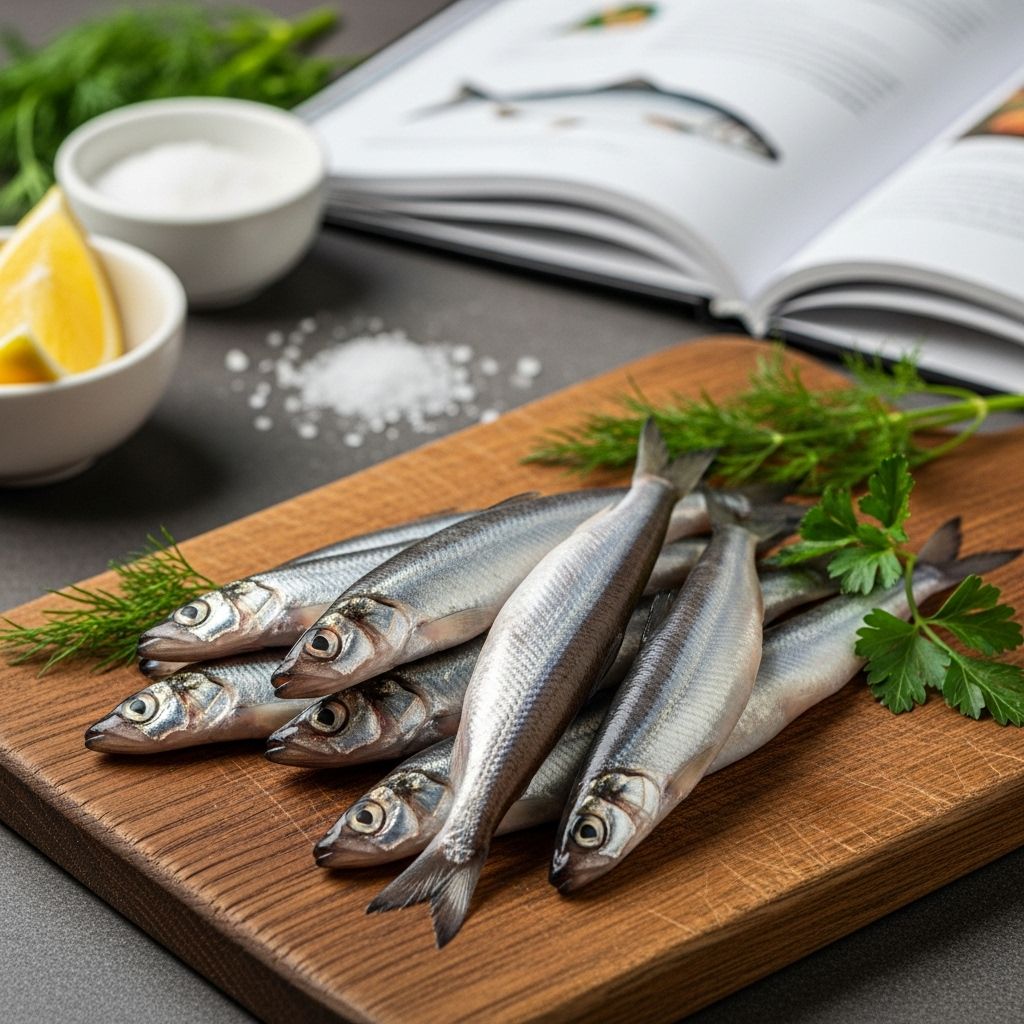Discover Smelt: Benefits, Uses, and Taste
Discover a silvery swimmer that elevates meals and nurtures healthy ecosystems.

Introduction to Smelt
Smelt, belonging to the family Osmeridae, is a small, slender fish renowned for its silvery appearance and delicious flavor. These fish are closely related to salmon and trout and are predominantly found in cold northern waters. Smelt are anadromous, meaning they migrate from saltwater to freshwater to spawn, although some populations are landlocked. The most common species is the rainbow smelt (*Osmerus mordax*), which is widely distributed across North America, including the Great Lakes and coastal areas from Maine to Canada.
Benefits of Smelt
Smelt is not only a tasty addition to meals but also offers several health benefits. Here are some of its key advantages:
- Nutrition: Smelt is a low-fat fish, rich in omega-3 fatty acids, vitamin B12, and selenium, making it an excellent choice for those looking to improve their heart health and boost their immune system.
- Mercury Levels: Smelt contains low levels of mercury compared to larger fish, making it safer for frequent consumption.
- Versatility: Its small size and delicate flavor make it versatile in cooking, suitable for frying, grilling, or baking whole.
Culinary Uses of Smelt
Smelt is celebrated for its sweet and delicate taste, often enjoyed in traditional dishes across different cultures.
- Pan-Frying: A classic preparation involves pan-frying smelt with seasoned cornmeal or flour, often served as a snack or appetizer.
- Broiling: Smelt can be butterflied or filleted for broiling, providing a crispy exterior and tender interior.
- Baking: Whole smelt can be baked, either by itself or with herbs and spices, to enhance its flavor.
Smelt Populations and Conservation
While smelt fisheries are significant, especially in the Great Lakes and Maine, their populations face challenges:
- Decline: Smelt populations are declining in many areas due to habitat alteration, water quality issues, and fishing pressure.
- Conservation Efforts: Regional conservation plans are in place to address these threats, aiming to restore habitats and manage fishing practices sustainably.
Interesting Facts About Smelt
- Name Origin: Smelt gets its name from the Anglo-Saxon word ‘smoelt,’ meaning shiny, reflecting their silvery appearance.
- Unique Scent: Smelt emits a fresh scent reminiscent of cucumber or freshly mowed grass, making them appealing for culinary use.
Table of Nutrition Facts for Smelt
| Nutrient | Amount (per 100g serving) |
|---|---|
| Calories | 97 |
| Fat Calories | 21.6 |
| Total Fat | 2.4 g |
| Saturated Fat | 0.5 g |
| Cholesterol | 70 mg |
| Sodium | 60 mg |
| Protein | 17.6 g |
| Omega 3 | 0.7 g |
Frequently Asked Questions (FAQs)
Q: What is the nutritional value of smelt?
A: Smelt is low in fat and calories, rich in omega-3 fatty acids, vitamin B12, and selenium, making it a nutritious seafood choice.
Q: How do I cook smelt?
A: Smelt can be cooked whole by frying, grilling, baking, or broiling, depending on the desired texture and flavor.
Q: Are smelt good for health?
A: Yes, smelt is good for health due to its low mercury content and high levels of omega-3 fatty acids, which support heart health and immune function.
References
- https://www.britannica.com/animal/smelt
- https://outdoornebraska.gov/learn/nebraska-wildlife/nebraska-fish/smelt/
- https://seagrant.umaine.edu/maine-seafood-guide/smelt/
- https://www.seafoodsource.com/seafood-handbook/finfish/smelt
- https://en.wikipedia.org/wiki/Smelt_(fish)
- https://www.merriam-webster.com/dictionary/smelt
- https://www.michigan.gov/dnr/education/michigan-species/fish-species/smelt
- https://wildlife.ca.gov/Conservation/Fishes/Delta-Smelt
- https://hhltmaine.org/15615/nature-watchers-smelting/
- https://portal.ct.gov/deep/fishing/freshwater/freshwater-fishes-of-connecticut/smelts
Read full bio of Sneha Tete












